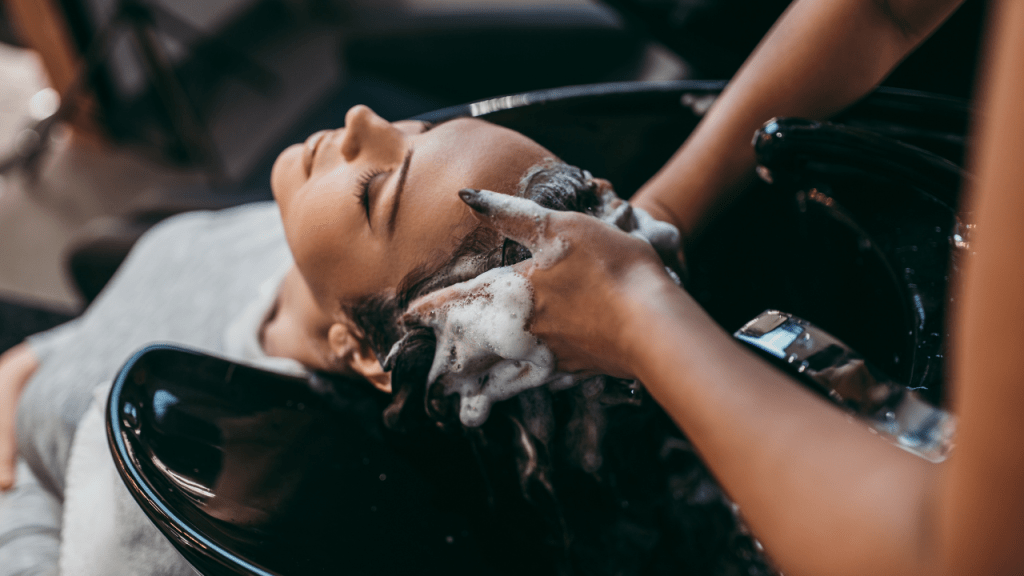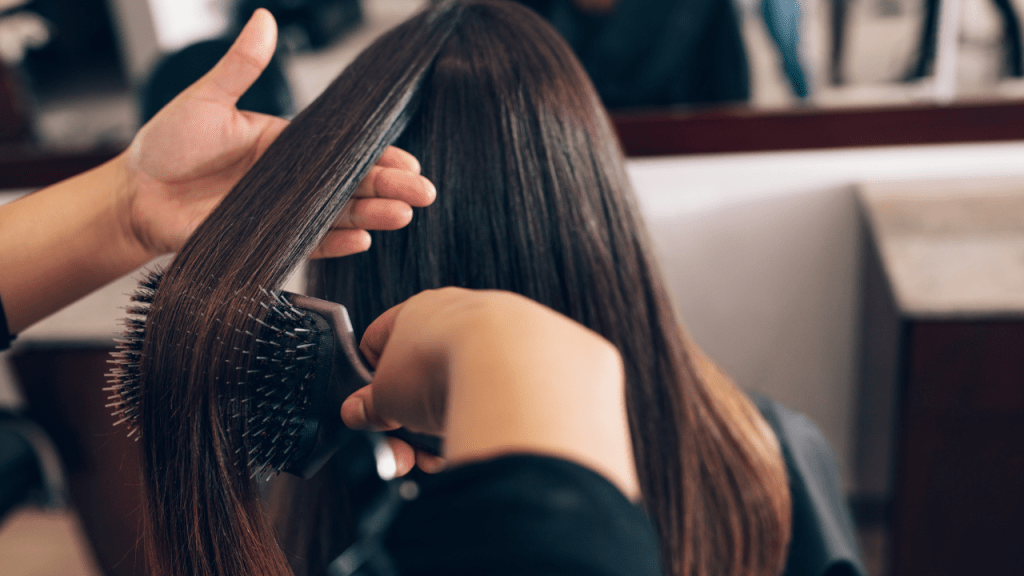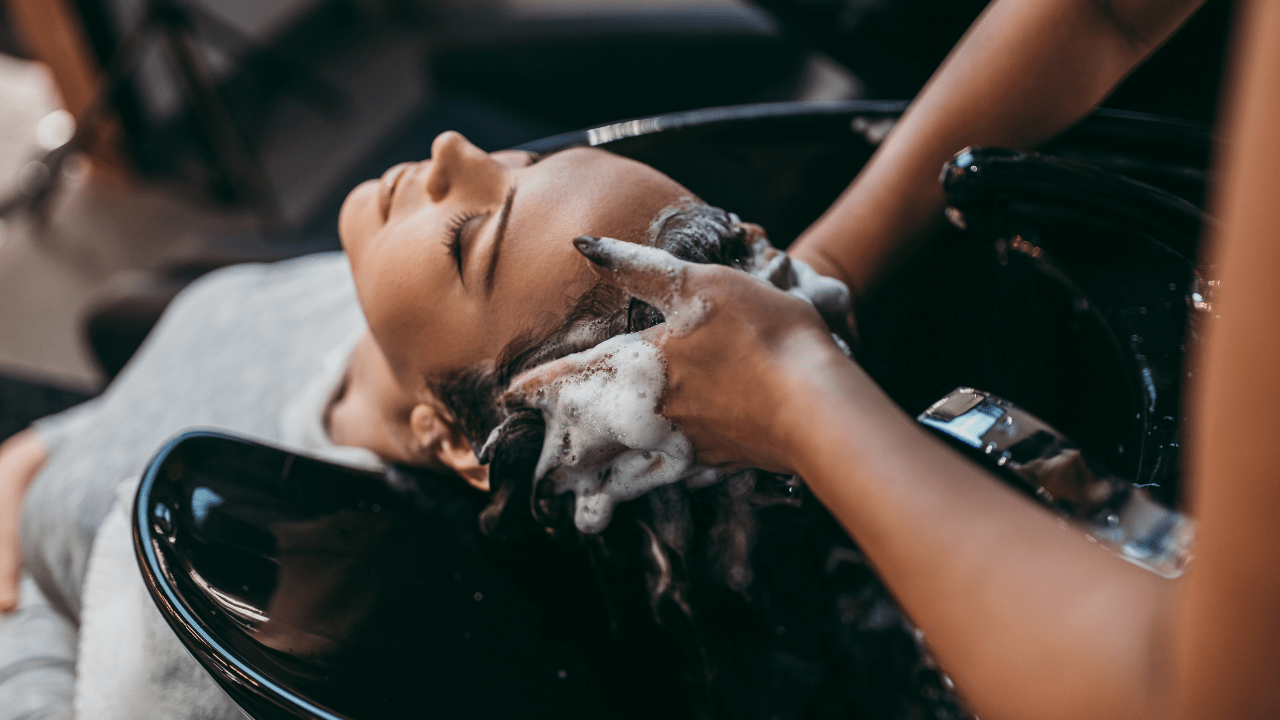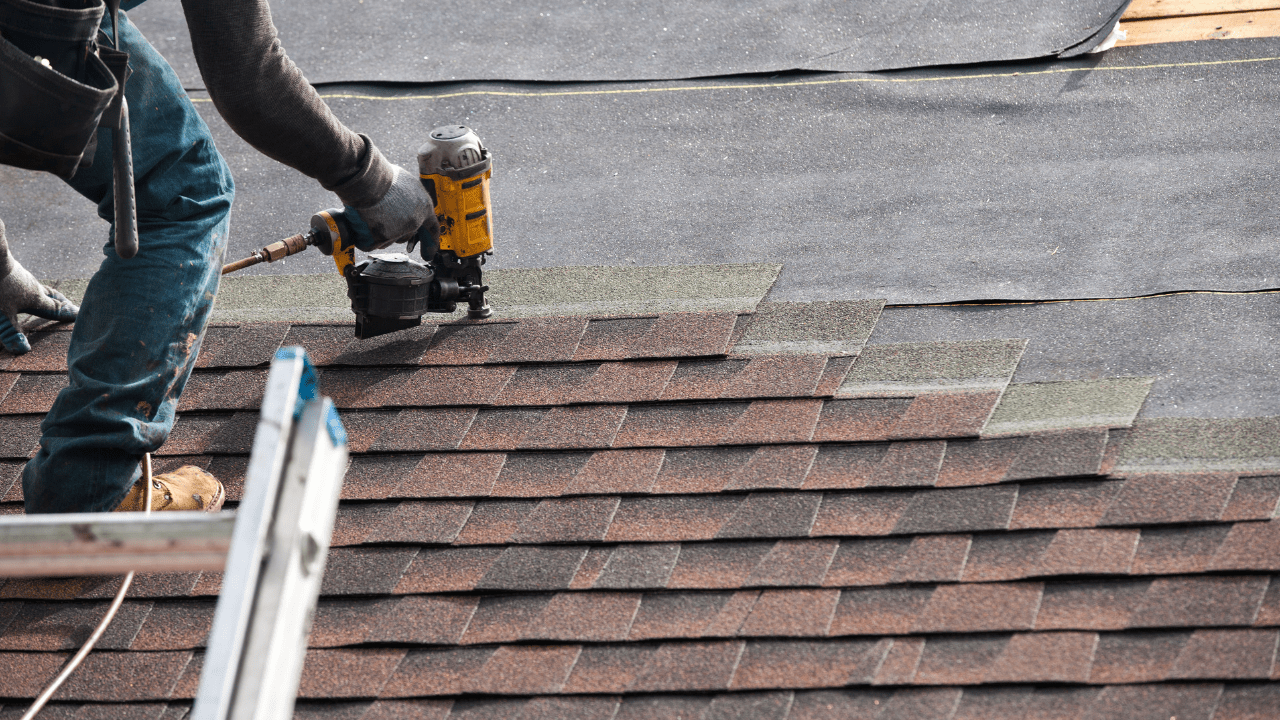In an age where environmental consciousness is becoming increasingly vital, adopting eco-friendly hair care practices can significantly contribute to both personal health and the well-being of our planet. With the beauty industry often dominated by chemical-laden products, many individuals are seeking sustainable alternatives that nourish their hair while minimizing their ecological footprint. This article explores a variety of effective and environmentally-friendly hair care tips that not only promote healthy and beautiful hair but also align with a commitment to sustainability. From choosing natural ingredients to implementing waste-reducing practices, discover how you can elevate your hair care routine to a new dimension of eco-friendliness.
Understanding Eco-Friendly Hair Care: The Importance of Sustainability
The Impact of Conventional Hair Care Products on the Environment
Conventional hair care products often come in plastic bottles that end up in landfills, while the ingredients they contain can be harmful to aquatic life when washed down the drain. From sulfates to parabens, many of these chemicals not only wreak havoc on our hair but also contribute to water pollution and environmental degradation. So, every time you lather, rinse, and repeat, think about the bigger picture—your hair may be shiny, but Mother Earth might be a little less sparkly!
Benefits of Eco-Friendly Hair Care for Your Hair and the Planet
Switching to eco-friendly hair care is like giving your tresses a big, green hug! Natural ingredients nourish your hair without the risk of chemical build-up, leading to healthier, shinier locks. Plus, by choosing eco-friendly products, you’re supporting sustainable practices that protect our planet. It’s a win-win; your hair gets the love it deserves while you join the eco-revolution. Say goodbye to guilty hair days!
Choosing Natural Ingredients for Hair Care Products
Key Ingredients to Look For
When shopping for hair care, keep an eye out for natural ingredients like coconut oil, shea butter, argan oil, and aloe vera. These powerhouses hydrate, strengthen, and protect your hair without the toxic side effects. Let’s not forget about essential oils like lavender and tea tree that can add a delightful aroma while promoting scalp health. If it sounds like something you’d want to eat, you’re likely on the right track!
Avoiding Harmful Chemicals
It’s time to ditch the toxic trio: sulfates, parabens, and silicones. Sulfates can strip your hair of its natural oils, resulting in dryness quicker than you can say “bad hair day.” Parabens may disrupt hormones, and silicones? Well, they love to build up on your hair and leave it looking lackluster. Look for products labeled “free from” these nasties and give your hair (and the planet) a break!

DIY Hair Treatments: Homemade Recipes for Healthy Hair
Moisturizing Hair Masks
Why let all those kitchen staples go to waste? Whip up a moisturizing hair mask with equal parts avocado and honey. Smash it up, slather it on your locks for 30 minutes, and rinse with warm water. Your hair will feel like it just took a spa day, and you can strut around feeling like a DIY diva!
Natural Conditioners for All Hair Types
No more searching high and low for the perfect conditioner. Mix together equal parts apple cider vinegar and water for a natural rinse that will leave your hair shiny and smooth. It’s great for all hair types, and that tangy smell? Don’t worry, it’ll vanish faster than your last pair of socks in the laundry!
Sustainable Hair Washing Techniques
Frequency of Washing: Finding the Right Balance
Finding the sweet spot for washing your hair can feel like searching for a unicorn. Too often? You’ll strip those natural oils. Too infrequent? Hello, grease city! Aim to wash your hair every 2-3 days to let your scalp breathe while maintaining that fresh look. Adjust based on hair type and lifestyle—because who doesn’t want to be the Goldilocks of hair washing?
Water-Saving Washing Methods
Let’s talk water waste—because we love our showers, but the planet deserves some TLC too. Try taking shorter showers and turn the water off while you lather up. Consider using a bucket to catch excess water when rinsing and reuse it for your plants. With these tips, you’ll be a hair-washing eco-warrior, saving water one sudsy strand at a time!
Eco-Friendly Styling Tools and Techniques
Choosing Sustainable Brushes and Combs
When it comes to brushes and combs, plastic is a major no-no. Opt for options made from bamboo, wood, or recycled materials. These eco-friendly choices are not only better for the planet, but they also provide a unique, stylish flair to your hair care routine. Plus, who doesn’t love the warm, earthy feel of a wooden brush gliding through their locks? You’ll be supporting sustainable practices and feeling like a nature-loving hair goddess at the same time!
Energy-Efficient Hair Drying and Styling Tips
Let’s face it: no one likes to hang around waiting for their hair to dry, so here’s a hack – use a microfiber towel to absorb excess water first. This reduces drying time and can save you energy. When it comes to blow-drying, turn down the heat! Many modern dryers have “eco” settings that use less energy while still getting the job done. And when you’re feeling adventurous, consider air-drying your hair once in a while – it’s totally free and gives you that effortlessly chic vibe.
Reducing Waste in Your Hair Care Routine
Refillable and Zero-Waste Product Options
What if I told you your hair care could be as eco-friendly as your morning coffee? Look for refillable product options that let you reuse containers instead of tossing them in the trash after one use. Brands are increasingly jumping on the zero-waste bandwagon, offering shampoos and conditioners in bulk, so you can fill up your reusable bottles. It’s a little like shopping for your hair – who knew being responsible could feel so good?
Proper Disposal of Hair Care Products
Before you toss that empty shampoo bottle into the trash, consider if it’s recyclable. Many hair care brands are moving towards recyclable packaging, but not all containers are created equal. Check the recycling symbols and rinse out the bottles to avoid contamination. If the product isn’t recyclable, look for local programs that can handle the waste, or see if they have a take-back program. Remember, every little bit helps – even your old hair gel containers can make a difference!
The Benefits of Supporting Eco-Conscious Brands
Identifying Truly Sustainable Brands
Navigating the hair care market can feel like a game of “find the greenwashing.” Look for brands that are transparent about their ingredient sourcing, packaging, and environmental impact. Certifications like “cruelty-free,” “vegan,” and “organic” can guide you, but it’s always good to do a little extra digging. If their website looks like a novel filled with sustainability info, you might just have found yourself a winning brand!
The Impact of Your Purchases on the Industry
Every time you make a purchase, you’re casting your vote for what kind of industry you want to support. Choosing eco-conscious brands encourages more companies to adopt sustainable practices. Imagine a world where your hair products not only make you look fabulous but also help the planet breathe a sigh of relief! Your conscious choices can shift the market towards greener alternatives and inspire others to join the eco-friendly movement.

Educating Yourself and Others on Sustainable Hair Practices
Staying Informed: Resources and Communities
Knowledge is power, and it’s also the secret ingredient for sustainable haircare! Join online communities, follow eco-conscious influencers, or check out resources like podcasts and blogs dedicated to green living. There’s a wealth of information out there just waiting to be plucked – much like that dust bunny under your bathroom sink! Remember, the more you know, the more impact you can have.
Sharing Knowledge: Encouraging Eco-Friendly Choices Among Friends
You’re not just a trendsetter; you’re an eco-warrior! Share your newly acquired knowledge with friends and family. Host a sustainable hair care party where everyone can swap their favorite eco-friendly products or DIY natural hair masks. You’ll not only elevate your hair game, but you’ll also be spreading good vibes and empowering others to make conscious choices. After all, good hair days should be shared – especially when they’re good for the planet too!Embracing eco-friendly hair care practices not only enhances the health and beauty of your hair but also supports a sustainable future for our planet. By making mindful choices about the products you use and the techniques you employ, you can contribute to a more eco-conscious beauty routine. As you implement these tips, remember that every small change adds up, helping to create a positive impact on both your hair and the environment. Together, we can redefine beauty standards, prioritizing wellness for ourselves and the world around us.
Frequently Asked Questions
1. What are some natural ingredients I can look for in eco-friendly hair care products?
Look for ingredients such as organic oils (like coconut, argan, and jojoba), aloe vera, shea butter, and essential oils, which provide nourishment and hydration without harmful chemicals.
2. How can I make my own hair masks at home?
You can create simple hair masks using common pantry ingredients. For example, mix mashed avocado with olive oil for a moisturizing mask, or combine honey with yogurt for a nourishing treatment.
3. Are there any specific brands known for their eco-friendly hair care products?
Yes, many brands focus on sustainability, such as Aveda, Rahua, and Ethique. Always look for certifications like cruelty-free, organic, and biodegradable packaging when selecting products.
4. How can I reduce plastic waste in my hair care routine?
Consider using refillable containers, bar shampoos and conditioners, or purchasing from brands that prioritize minimal and recyclable packaging to significantly lessen plastic waste.


